The core foundation of Web 3.0 is blockchain storage technology and the Tokenized Network. They propel an intelligent, interconnected web of everything on the global internet.
I. What is the core foundation of Web 3.0?
The core platform of Web 3.0 is blockchain storage technology and the Tokenized Network.
1. Blockchain Storage Technology
Currently, blockchain technology is the main driver for the development of Web 3.0. Blockchain has revolutionized data storage and management, resembling a huge ledger that securely and quickly stores and manages data. Notably, data on blockchain cannot be altered or deleted.
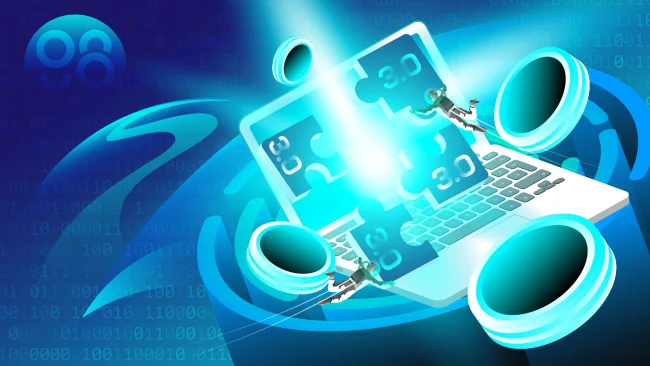
Blockchain provides unique data files and manages them, a feature that can bring tremendous value to the internet. Additionally, blockchain allows users to send data protected by copies, eliminating intermediaries and enabling peer-to-peer (P2P) transactions. Websites operating in this model are referred to as decentralized Web 3.0.
When discussing the Web 3.0 model, one cannot overlook artificial intelligence (AI); the link between the internet of things, AI, and blockchain is inseparable.
2. Tokenized Network
An indispensable aspect when discussing Web 3.0 is the Tokenized Network. Any decentralized network needs a decentralized cryptocurrency for members to exchange value and operate the system. The Tokenized Network can be understood as a decentralized economic model for the new generation internet.

Unlike conventional payment networks, the Tokenized Network ensures transaction details are protected throughout the entire transaction lifecycle on the blockchain.
Without the Tokenized Network, Web 3.0 would be like blockchain without bitcoin, meaning there would be no motivation for people to run nodes to maintain the blockchain network.
II. The Pioneer Organization for Web 3.0 – Web3 Foundation
Building the infrastructure for the new generation of the Internet requires considerable resources and manpower; so, who is capable of taking on this task? The answer is the Web3 Foundation, an organization tasked with managing and applying decentralized protocols to create a more distributed environment.
Previously, most Web 3.0 was built on the Ethereum blockchain for decentralized applications, but now Web 3.0 can also develop other blockchain applications such as Polkadot and Kusama.
III. The Leading Protocol of Web3 Foundation – Polkadot
The Web3 Foundation is the organization investing financial and technical support for the Polkadot project.
Polkadot (DOT) is a heterogeneous, multi-chain, scalable technology that allows different blockchains to connect and share data, forming a decentralized network.
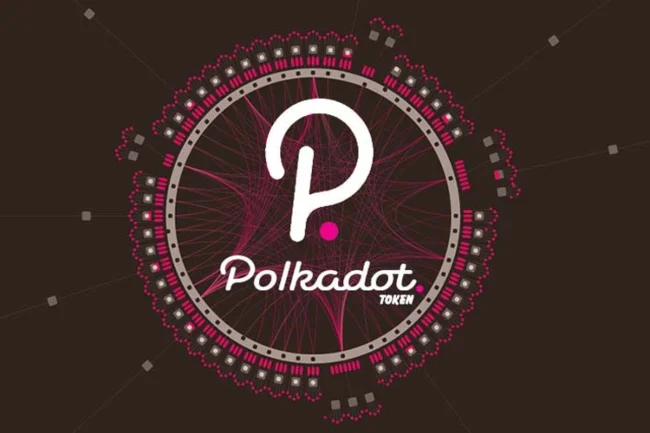
Polkadot focuses on addressing the two main issues of blockchain: interoperability and scalability of the network.
Polkadot is an open-source project, and anyone can contribute freely to the development of this platform.
Kusama (KSM) is a dedicated network of Polkadot that acts as an early warning system for any vulnerabilities or weaknesses in the Polkadot network. Developers often use Kusama as a test environment for their applications before officially running them on the Polkadot platform.
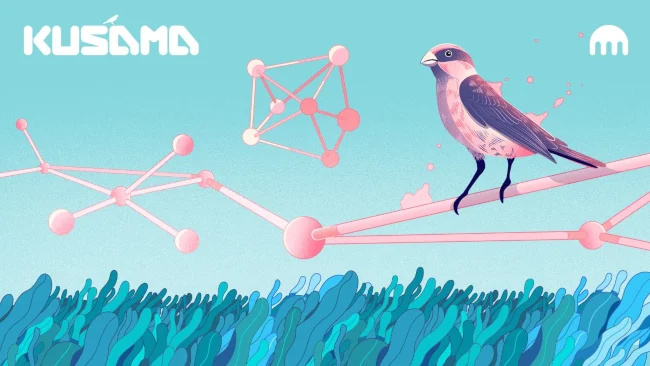
The Web3 Foundation has a dedicated fund for projects researched and developed based on Polkadot and Kusama, with each project potentially funded up to $100,000. However, to receive funding from the Web3 Foundation, projects must be open source and have licenses such as GNU GPLv3 or Apache 2.0.
In addition to funding and supporting Web 3.0 projects, the Web3 Foundation also conducts its research on other decentralized systems.
Submit feedback
Your email address will not be made public. Fields marked are required *
Search
Trend
-
The most commonly used HTML tags
02-01-2020 . 11k view
-
Websites for earning money at home by typing documents
05-17-2023 . 9k view
-
Earn money by answering surveys with Toluna
01-12-2020 . 7k view
-
Guide to creating a database in phpMyAdmin XAMPP
04-25-2020 . 4k view







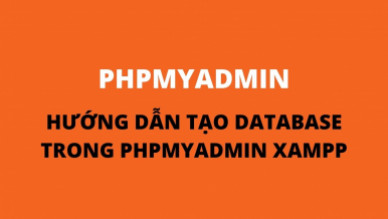
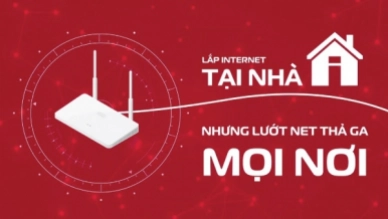



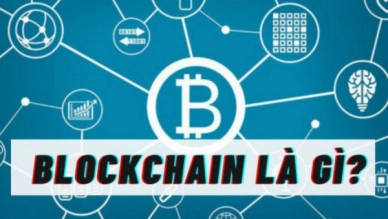

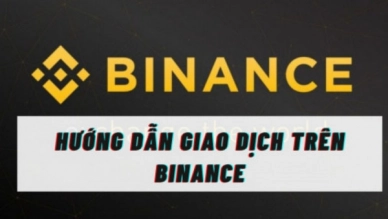

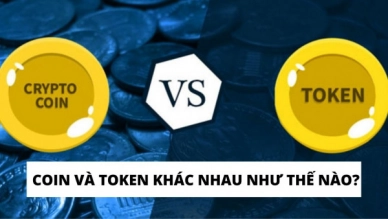
0 feedback